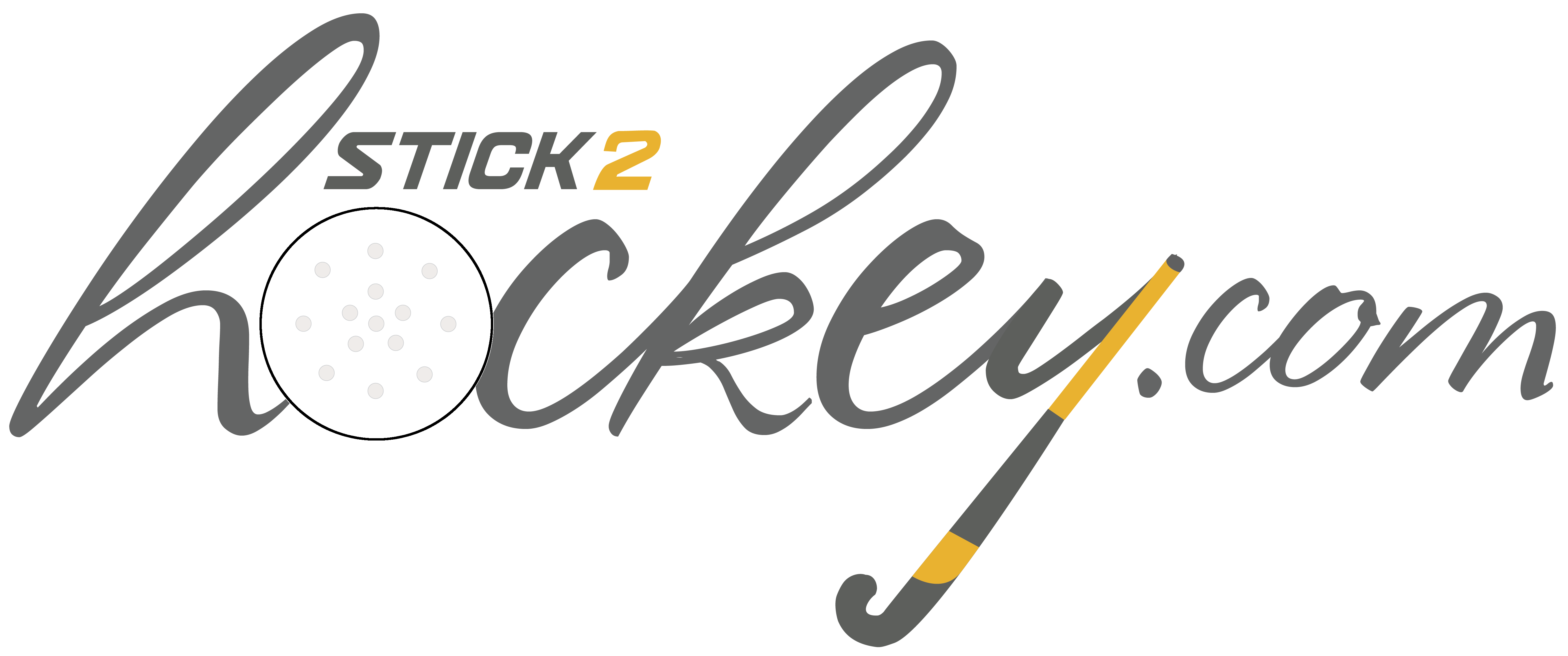The Asian Age: Roles reversed in hockey: Aussies on top, Indians down under
The Asian Age: Roles reversed in hockey: Aussies on top, Indians down under
Share
Roles reversed in hockey: Aussies on top, Indians down under
Australia and India have contrasting goals for the 2012 Olympics. The Aussies, the reigning World champions and Champions Trophy holders, have been preparing to have a go at the gold medal.
India, who failed to make the cut for the 2008 Olympics, are about to launch their qualifying campaign for the London Games.
The ambition of India, the most storied team in Olympic history with eight gold medals, these days is to make up the numbers in major competitions.
The spiritual home of international hockey isn’t the abode of world-class players any longer. Maybe the Indians have misinterpreted the Olympic credo: Participation is more important than winning.
For Australia, on the other hand, anything less than a gold medal at the Olympics, World Cup and Champions Trophy is a massive failure. Even the giants of the modern game — Germany and the Netherlands — have some work to do to catch up the Kookaburras, who are ruthlessly professional. No contemporary team blend style and substance quite like Ric Charlesworth’s Australia.
The role reversal would have seemed absurd and unthinkable 50 years ago. But the strides Australia have made may not surprise the pundits of the game. The Aussies plotted their ascent to the top through planning, innovation and good old hard work, even as India sat idle on the high-table of complacency. Winning the gold at the Olympics, the smug Indians thought, was their birthright.
It is not surprising that India are depending on an Australian — Michael Nobbs — to steer them to London. The Australians are repaying a debt they had willingly incurred for decades from the 30s because it was the Anglo-Indians who taught them the nuances of the game. Australia would be eternally indebted to Anglo-Indian players-turned-coaches for the country’s exalted position in world hockey today.
Charlesworth, the most acclaimed modern coach, openly acknowledged that India was the mother of Australian hockey. The multifaceted legend had his early hockey lessons under the tutelage of Anglo-Indians. Paul Gaudoin, former Australian captain and one of the assistant coaches of Charlesworth, is an Anglo-Indian.
Richard Aggiss, coach of Australia’s World Cup winning team in 1986, never had any doubt about the seminal contribution of Anglo-Indians. He had been trained by Mervin Adams, a product of Lucknow’s La Martinere, in club hockey. Adams was Australia’s boss when they finished second at the 1976 Olympics.
Trevor Vanderputt, author of Hockey’s Odyssey, had a ringside view of Anglo-Indians’ contribution to Australia. Trevor, who was born in Calcutta, is in the city to watch the second Anglo-Indian hockey tournament. The 81-year-old never gets tired of talking about hockey. A goldmine of anecdotes, Trevor recounted how Anglo-Indians shaped the destiny of Australian hockey.
Trevor, who lives in Perth, said the singular contribution of Anglo-Indians to hockey Down Under was in coaching, even though many from the community have played for Australia with distinction. “The first Anglo-Indian to make a mark in coaching was Dennis Dunbar, who went to Australia in the 30s. An astute coach, the former Rangers Club player helped the University of Western Australia win the first division league,” he said.
The immigration wave after India’s independence deposited many an able Anglo-Indian coach on the shores of Australia. Dicky Carr, rated by Trevor as the greatest player of his community, thrilled Australians with his wizardry.
Hockey was the visiting card of Anglo-Indians when they first went to Australia. “Our proficiency in the game earned us respect. There is no doubt that hockey played a key role in our integration into the Australian society. Our guests lent their ears when we spoke about the sport. In those days it wasn’t uncommon for some immigrant Anglo-Indians to bluff that they had represented India in hockey!” Trevor laughed.
From Fred Browne, who oversaw Australia’s first Olympic campaign in 1956, to Terry Walsh who had been at the helm of Australia, Malaysia and the Netherlands, Anglo-Indians supplied a succession of excellent coaches. Trevor himself reached the position of director of coaching and development for the Australian Capital Territory after proving his mettle with Western Australia’s U-16 team.
Trevor also produced a number of competent coaches. He is still remembered for making hockey a rage in schools. Mini hockey (Minkey) for which schools allocated 30 minutes per week was his brainchild. Trevor arranged free milk shakes for kids and imported cheap hockey sticks from India.
“I’m immensely proud of our work. Racism made life difficult for us in the beginning.
The menace hasn’t yet been banished. Even today Australians don’t invite Anglo-Indians, not born in their country, to their homes. But our kids born in Australia don’t face racism,” said Trevor whose sons and grandchildren are keeping the family hockey torch burning.
For Trevor, Gaudoin is the best Anglo-Indian player to have represented Australia. “He was a class apart, a worthy heir to Leslie Claudius in the right-half position,” he added.
The octogenarian has highest regard for Charlesworth. “He was a complete player with an ever-ticking hockey brain. When I first saw Ric in his teens, I knew he was a special talent,” Trevor said. “Ric is a great admirer of Indian style. He once told me that India play the game as it is supposed to be played. Unfortunately, India failed to use his services.”
Trevor said there would never be another Dhyan Chand. “I watched his farewell match. Even though he was well past 40, he took my breath away when he converted a left-wing centre in the twinkle of an eye. For his otherwordly talent, he was unbelievably humble,” he added.


